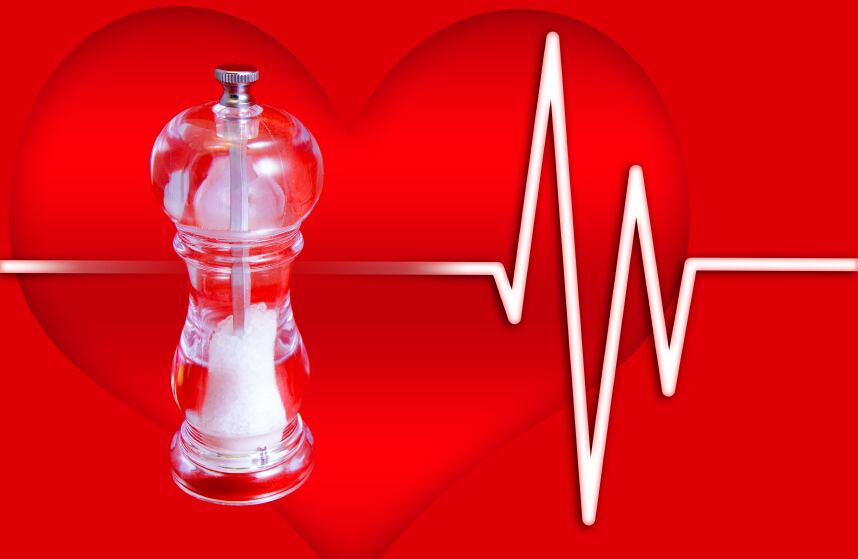In 2014, Argentina brought in legislation (No. 26905) setting maximum permitted sodium levels for three food groups: meat products, bread and baked goods and soups.
Last year, a joint resolution updated the levels, adding new, lower levels.
However, a quantitative survey published last month by the Argentinian branch of the Inter-American Hearth Foundation (FIC) found that one in ten products covered by the law is failing to meet these maximum sodium targets, with meat products – and fresh sausages in particular – the worst offenders.
FIC collected on-pack nutrition information from a total of 3,674 processed food products in seven supermarkets in Buenos Aires. Of these, 864 products fell into the food categories directly targeted by the law.
Nearly 13% of meat products were above the 2014 goals while 20% exceeded the targets for 2018.
Over one-quarter of fresh sausages exceeded the 2014 level (25.8% with an average of 830 mg sodium per 100 g), followed by cooked sausages (18.8%, 918.8 mg/ 100 g) and cured sausages (17.2%, 1500 mg/ 100 g).
Best in class in the meat category was breaded chicken, the only meat product that met the goals set in legislation.
For bread and baked goods, 3% failed to meet the 2014 goals and 9% were above the 2018 targets.
In the baked good category, nearly 16% of sliced wheat bread products failed to comply with the targets with an average of 498 mg of sodium per 100 g and nearly 13% of wholemeal sliced bread products with an average of 400 mg sodium.
To see the full results of FIC's survey, click here (in Spanish).
FIC: 'Alarming results'
Lorena Allemandi, director of healthy eating policies at FIC Argentina said: "Five years into the law, it is alarming to see that there are still so many products that exceed the limits. That is why it is necessary for the state to monitor its compliance and oblige the companies to respect the goals set in the regulations.”
The non-profit association believes front-of-pack labeling is necessary for consumers to know what they are eating. Allemandi called on the Argentinian government to “favor such a mechanism”.
“Today it is very difficult to identify at a glance the salt content and other critical nutrients in products,” she added. “Therefore, one of the key and urgent policies to adopt is front-of-pack labeling on processed and ultra-processed products so the consumer can quickly and easily see the nutritional quality of the food.”
'Less salt, more life'
In 2011, the Argentinian government launched the ‘Less salt, more life’ initiative (Menos Sal, Más Vida) to get both manufacturers and consumers add less salt to their food.
More than 50 manufacturers agreed to reduce sodium levels in 528 products in the following years, with some of the first signatories including Arcor, Grupo Bimbo, Molinos, Fargo, La Virginia, Nestle, and Bark.
The program received the praise of the World Health Organization (WHO) and Pan-American Health Organization (PAHO).
Paolo Balladelli, PAHO/WHO Representative in Argentina said in 2014: "The initiative ‘Less salt, more life’ is a clear example that cross-sector collaboration and public-private partnerships can lead to a significant progress towards achieving health goals.”
In 2014, the government brought in mandatory maximum levels in certain categories, giving the food industry a 24-month period to make their products compliant. According to the legislation, manufacturers failing to meet the targets risk fines of between one thousand and one million pesos, and seeing their products confiscated.
The WHO recommends a daily salt intake of 5 g. In Argentina, the average daily intake in 2012 was estimated to be between 12 and 13 g per person.
According to the Third National Survey of Risk Factors carried out in 2013, more than one-third (34.1%) of the adult population in Argentina has high blood pressure.




